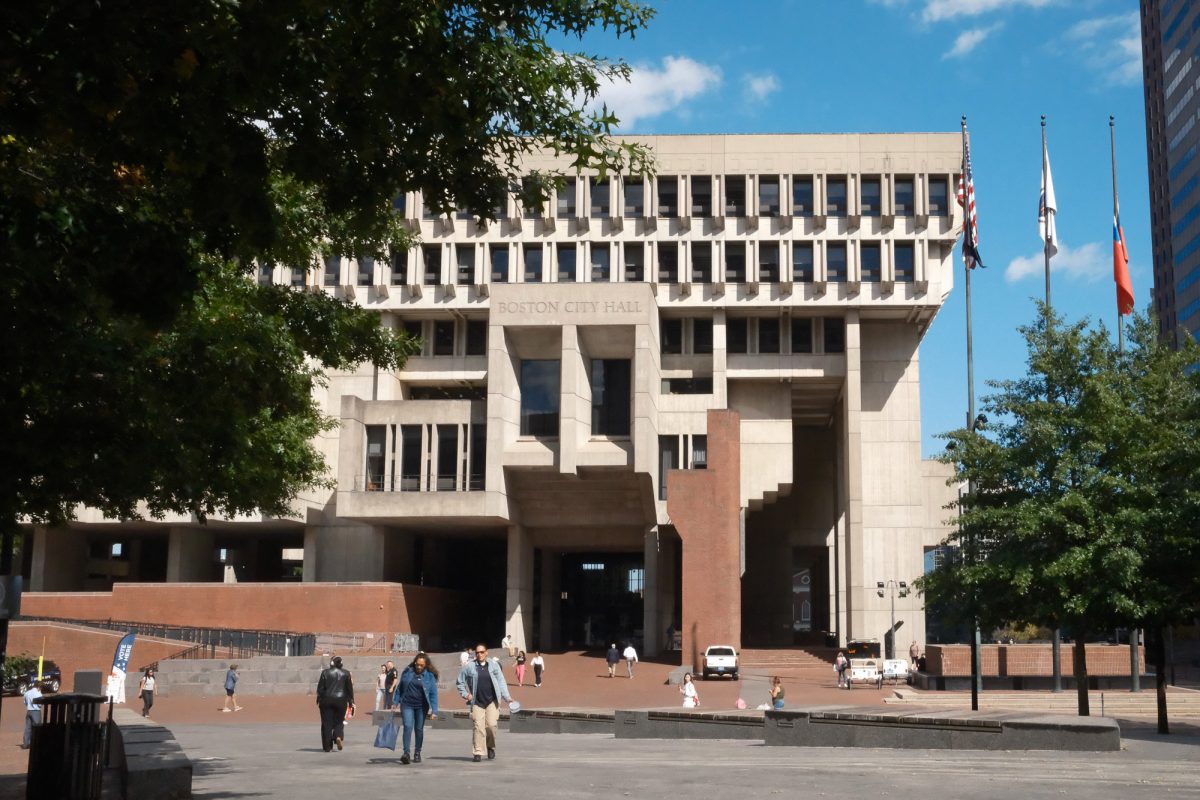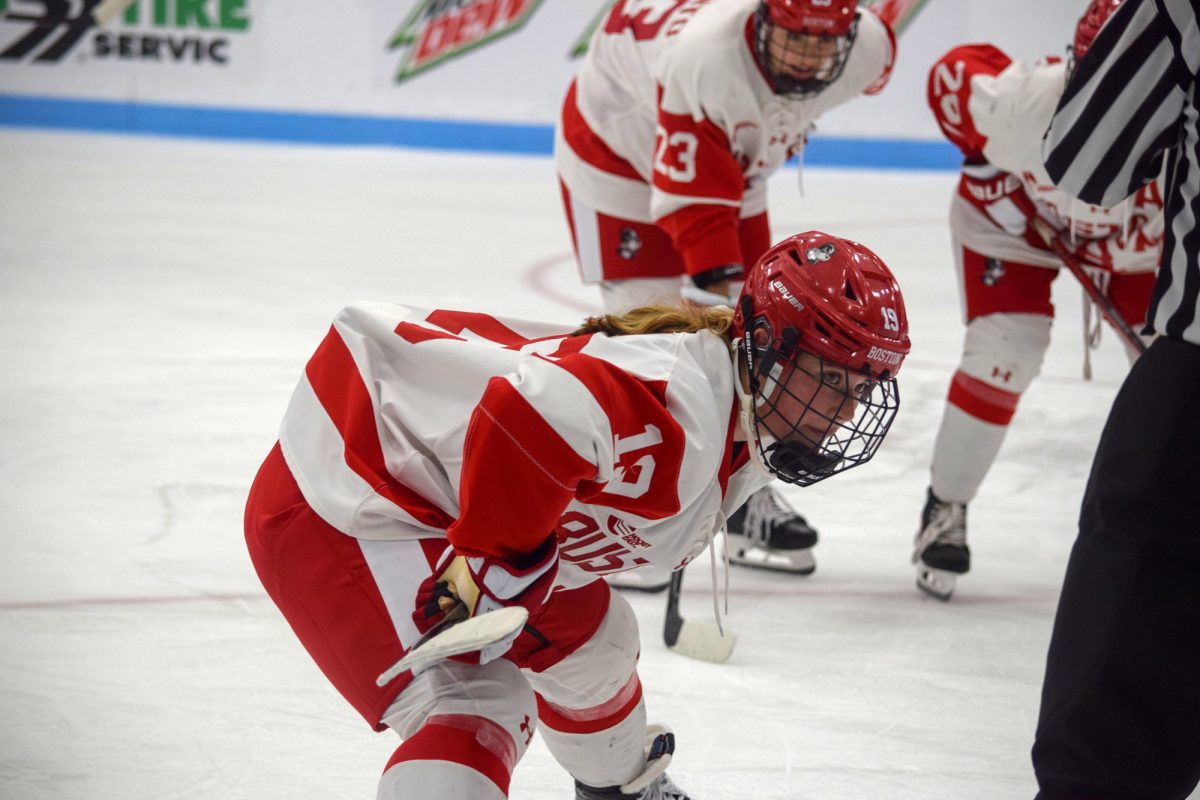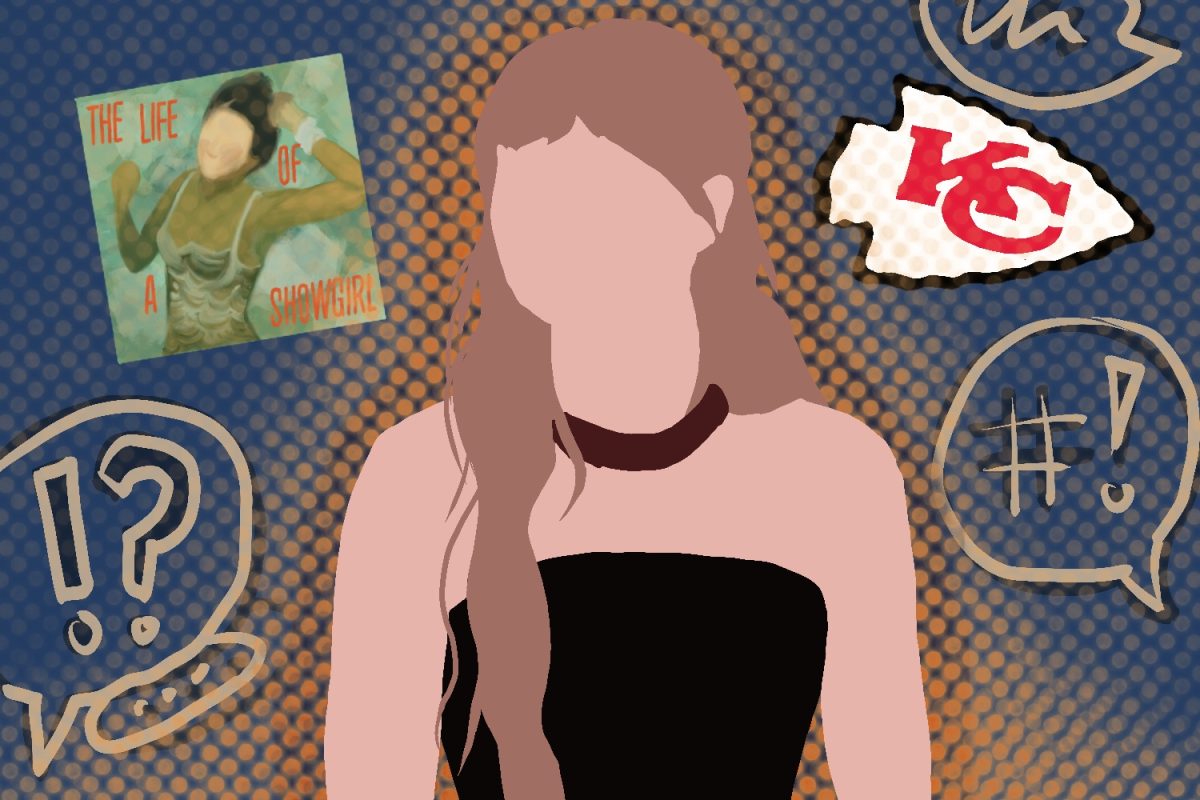The Boston Ballet redefined what ballet is in more ways than one in their latest show, “rEVOLUTION.” By showcasing three different works by both classic and modern revolutionary choreographers and showing the evolution of ballet from classical to modern dance, the company blew the minds of the audience with athleticism, art and range.

The show began with “Agon,” one of the many works by influential 20th century composer Igor Stravinsky. The work premiered on Dec. 1, 1957 with the New York City Ballet. The late George Balanchine, one of the most innovative choreographers in ballet, was the focus of this work for the Boston Ballet, the baseline for the show’s exploration of ballet’s 20th century evolution.
“Agon,” a 25-minute piece split into three sections, began with four male dancers, each in a simple costume. The set was simple so as not to distract from the gliding motion of the dancers. Principal dancer Derek Dunn’s solo during the Sarabande in Part II was strong and elegant, igniting cheers from the audience.
To conclude Part II, principal dancers Lia Cirio and Paulo Arrais, who is back after a year recovering from an injury, expressively performed Pas de Deux sleekly and confidently as a duet.
After a delightful performance of “Agon,” the music for “Glass Pieces,” a ballet choreographed by Jerome Robbins featuring music by famous postmodern composer Philip Glass, began on a new note. “Glass Pieces” premiered on May 12, 1983.
The music was minimalistic and surprising, blending with the choreography on stage. The dancers, in bright earth-toned costumes, were milling back and forth on stage with sections for interludes of duet dancing. The muted checkered backdrop matched the moving music and the dancers in disarray. It was delightful, awe-inspiring and amazing.
The first and second movements of “Glass Pieces” and “Rubric” and “Facade,” are from Glass’s chamber work “Glassworks.” The final movement was an excerpt from “Akhnaten,” an opera by Glass. Robbins was meant to direct “Akhanaten,” but he drew out last minute and used the music to create “Glass Pieces.”
The work featured music from Glass, but the genius lies in Robbins’ choreographing. The music could stand by itself with its quick movement kept the ear occupied. Robbins, however, uses the music to highlight the dancers, taking away from neither — the choreography matching exactly. At the end, the ballet dancers bowed with poise, and invited the conductor of the orchestra on stage to bow with them.
The final piece began with a loud crash, surprising the audience after an intermission. The pit was dark and there was no live music. An electronic score by Thom Willems, in collaboration with Lesley Stuck, played loudly. Maybe it was a bit too loud for the audience, but the point was made.
This contemporary piece, which premiered in Paris in 1987, is choreographed by William Forsythe. In 2016, Forsythe began a 5-year partnership with the Boston Ballet, and “will add at least one of his works to [our] repertoire each year, resulting in the richest collection of his ballets in the United States,” according to the company’s website.
If the first work was more classical, and the second was fun and interesting, the final piece, “In the Middle, Somewhat Elevated,” was contemporary, serious, robust and vigorous.
The piece never stopped. The score, loud and heavy, never let up on the dancers, who continuously did duets and solos. While there were tender moments, overall, the piece was the definition of modern dance with some ballet techniques, requiring both athleticism and artistry.
Each work was its own, but together, they showed the evolution of ballet, or the “rEVOLUTION” of it. All three ballets worked well together and were educational.
The athleticism of the dancers was amazing, and the works all together put the audience through a century of ballet. “The Nutcracker” and “Swan Lake” are what ballet is to many, but the Boston Ballet showed the audience the true range and emotion in modern ballet, from Balanchine to Robbins to Forsythe.
“rEVOLUTION” will be playing at the Citizens Bank Opera House through March 8.























































































































